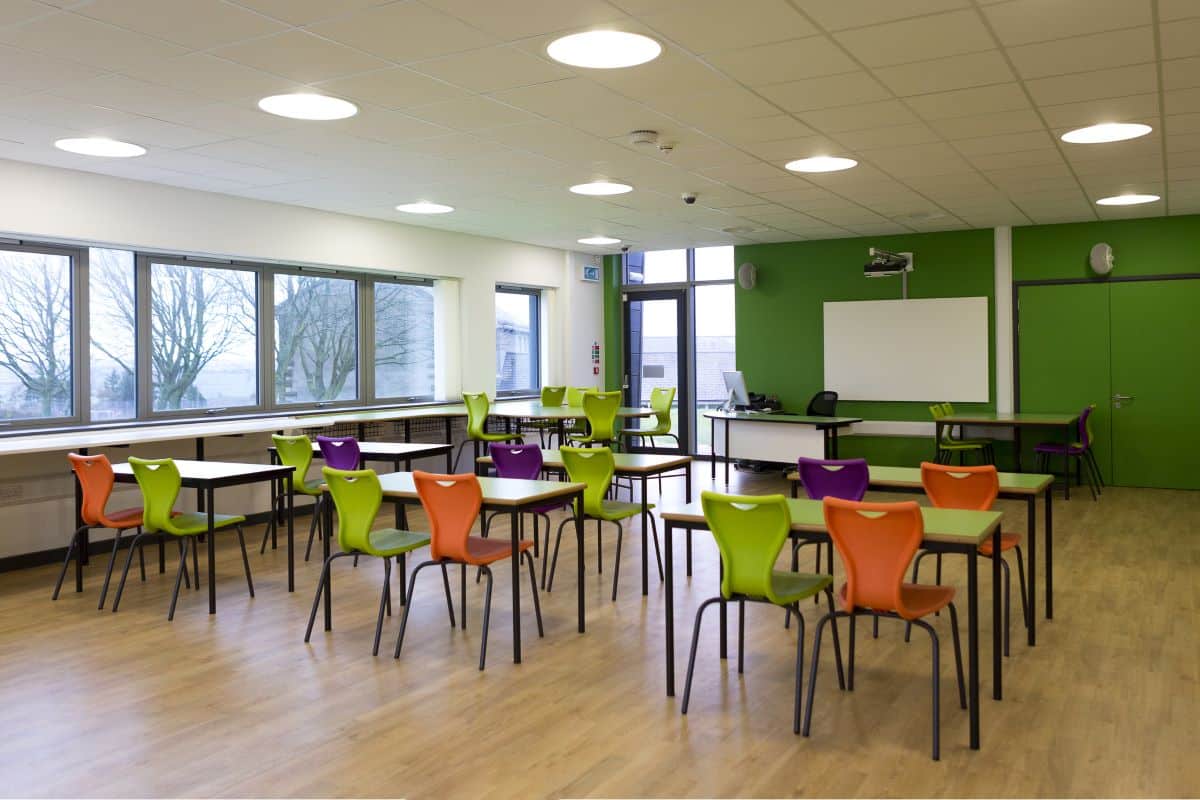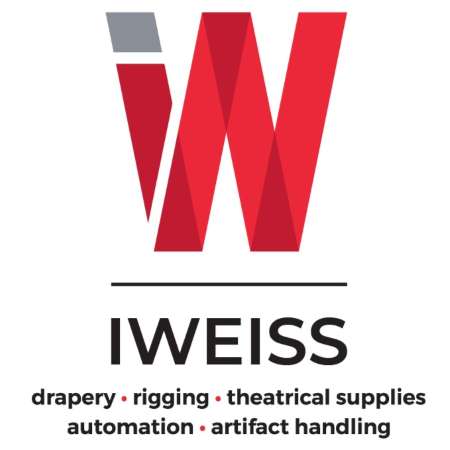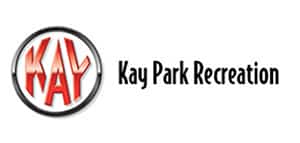By Felix Zayas
As Christian school administrators plan technology for their campuses, it can be overwhelming to review all the technology trends in K-12 education. Based on our expertise and trends in education as a whole, this article provides an overview of the top four current technological trends to focus your planning on in 2024.
- Technology for Physical Security
Expectations for technology to support physical security are on the rise. Given that each school has distinct needs, administrators and educators often collaborate with technology design consultants to get the right mix.
Access control systems integrate sophisticated algorithms to detect and prevent unauthorized entry attempts. They are also capable of transmitting real-time data to law enforcement agencies, ensuring prompt intervention when required. In addition, alerts notify personnel when doors are open for too long so that they can act. When synchronized with overarching school security protocols, the efficacy of access control systems is significantly enhanced.
Video intercoms are used at entry points to screen visitors. This technology not only enhances security by vetting individuals before allowing access but also provides a digital record of all interactions. Video intercoms are commonly used with a special entryway called an “interlock,” which prevents both doors in the hallway from being open simultaneously.
Visitor management systems track and document all visitor activity in schools using advanced algorithms. Schools receive a helpful database to manage security issues and be proactive about them.
Automated lock-down and notification systems start lockdown procedures and share important information to buy precious moments in an emergency response. The latest advancements in this domain are the integration of AI-driven lockdown protocols.
Video surveillance systems use high-definition cameras with motion detection, and some systems offer options for facial recognition. While comprehensive monitoring and threat identification is desired for physical safety, schools must navigate concerns about data privacy with regards to children. Institutions need clear rules for using surveillance data, emphasizing transparency and accountability.
Many school systems across North America are executing security upgrade components proactively as stand-alone projects instead of waiting for the next renovation or only implementing new security standards as part of new facility construction.
- Wi-Fi Infrastructure
A campus’s network plays a big role in the performance of handheld devices and supports every application that streams video such as security systems, learning management systems, and remote and hybrid learning.
Wi-Fi is used by everyone on campus, so it had better be fast and reliable. To ensure that may involve upgrading the system on campus.
Rather than focusing Wi-Fi access points in high-traffic areas, current trends assume that almost everyone on campus—teachers, faculty, parents, and students—will be using a wireless device. Computer modeling helps designers plan for comprehensive coverage.
Computer modeling plays a crucial role in this planning process. Through simulation software, designers can input the architectural blueprints and predict how Wi-Fi signals will propagate through various materials and structures. This predictive modeling can help identify potential dead zones before the system is installed, allowing for adjustments in the placement and number of access points to ensure consistent coverage.
Moreover, computer modeling can account for the expected density of users and their bandwidth demands. This is particularly important in environments such as classrooms, where a high concentration of users might be engaging in bandwidth-intensive activities simultaneously, such as streaming video, participating in virtual learning environments, or collaborating through online platforms.
- Building Management Systems
A building management system (BMS) is a comprehensive, integrated platform that uses sensors, controllers, and software to manage various elements of a building’s infrastructure. In K-12 schools, BMS can control heating, ventilation, air conditioning (HVAC), lighting, and even security systems. Through real-time data analytics, the system can make automatic adjustments to save energy, reduce costs, and create a comfortable environment. These systems vary in complexity, cost, and capabilities, catering to different needs and objectives.
Each type of BMS comes with its own set of advantages, limitations, and ideal use cases. For schools aiming to make a well-informed decision, understanding these types can serve as a critical first step in the journey toward more intelligent, energy-efficient buildings.
- Classroom Technology and Maker Spaces
Most classroom technology is focused on integrated local AV systems: interactive projectors, digital whiteboards, intercoms, and paging. However, the current trend is increasingly focused on creating maker spaces and STEAM classrooms.
These maker spaces are full of technology that require careful coordination of infrastructure like power, cooling, and hardwired data connections. Technology consultants provide engineering for new spaces and transform existing ones to make sure they have the infrastructure in place for these expanded technology needs.
Focusing on these trends in your future technology planning will help you align your budgets with the most pressing needs and set your campus up for success.
Felix Zayas is a vice president for Salas O’Brien, a multidisciplinary engineering firm with offices across North America, www.salasobrien.com.









